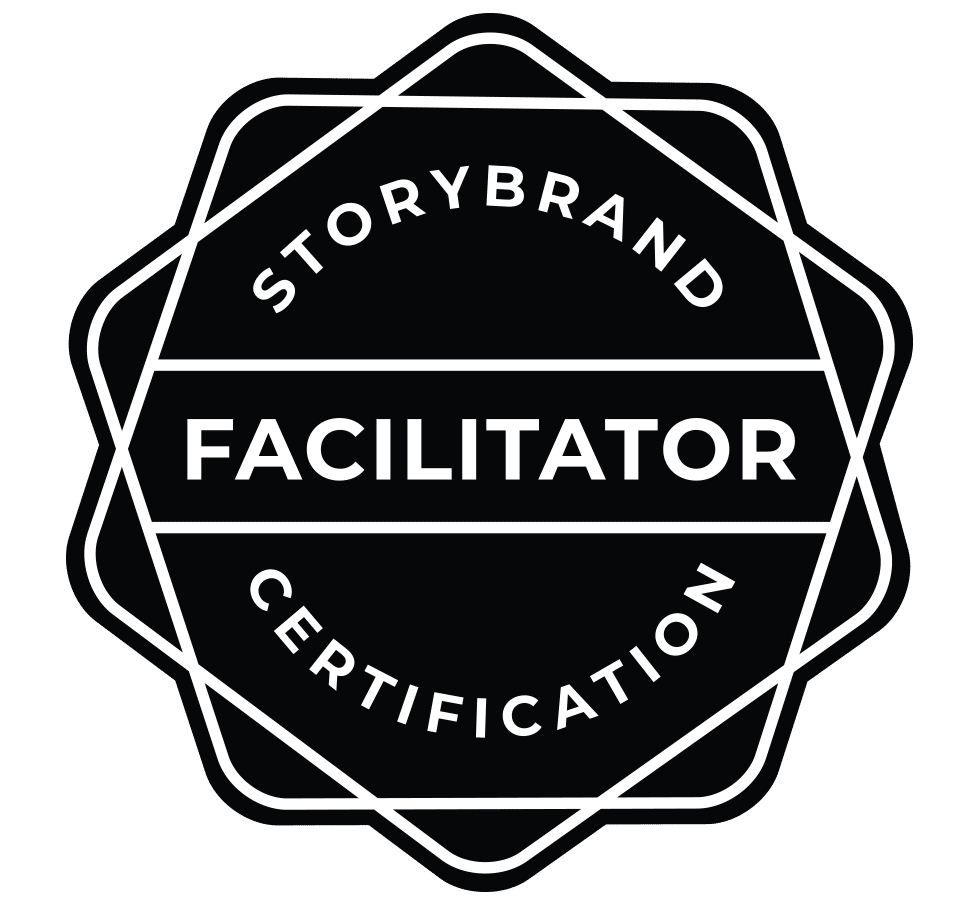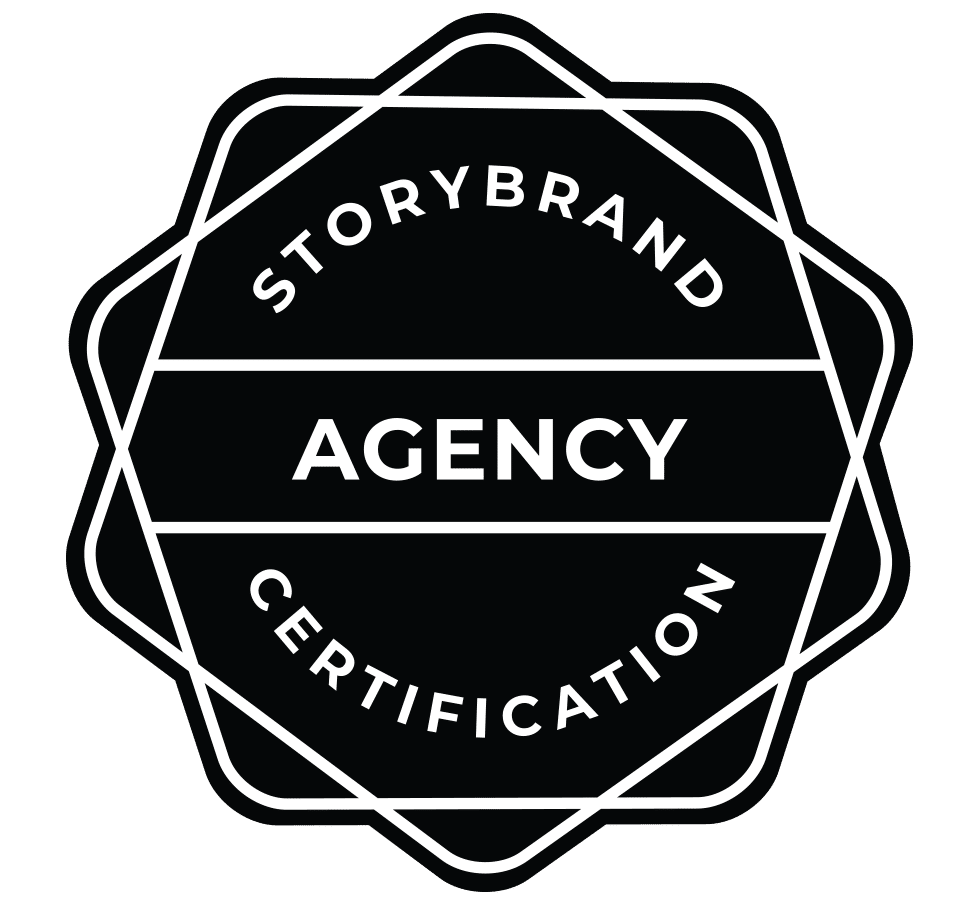Earlier this year, Google announced its helpful content update. This marks one of the latest endeavors in the platform’s mission to promote organic content designed to help people find the best-quality information for their searches.
As with many Google updates, this one has been rolled out slowly but steadily and has altered the way that the algorithm determines its rankings for search results.
Traditional wisdom would say that finding the right keywords is all that you need to dominate searches. Now, Google has moved away from this approach and is focusing more on truly beneficial information — the stuff people are actually searching for.
If you’re producing content for your business and want to enhance its performance potential, or if you want to start writing and posting to your website, here’s a break down of the essentials of creating helpful content for your audience. When you follow these pillars, you can stand to thrive in content marketing’s latest frontier.
Tips for Content Marketing in the Helpful Content Era
Write for People, Not Search Engines
In the earliest days of SEO, a common tactic was to insert the same keyword over and over again at the bottom of a page to try and game Google’s algorithm. As the AI evolved and become more sophisticated, this tactic was swiftly rendered ineffective.
In the post-keyword stuffing world, the focus shifted to a “tasteful” use of keywords used sparingly and selectively in content to subtly nudge the algorithm in the right direction. Still, this often placed more focus on trying to generate search engine rankings more than produce quality pieces that benefitted users.
With the helpful content update, Google recommends that you write for people first without any search engine agenda in mind. Once you have your core ideas and some useful information in your blog post or page draft, go back through it and add in some elements that are relevant to search engine performance.
By first focusing on people, you’ll produce more organic and authentic content that has a unique tone and style all its own. Keywords and links should be treated as more of a premium finishing touch rather than the core of the copy.
Do Not Overly Self-Promote
Google’s algorithm can infer whether your content is designed to help others or promote your brand at the expense of quality information.
Rather than focusing on your brand, focus on being an authoritative resource for your ideal users. Do not venture into self-promotional territory unless it can be done tastefully and sparingly.
An effective way to provide helpful information and still insert a promotion for your business is to save any self-references for the conclusion of blog post. Introduce your brand (as well as a CTA to a relevant page on your website) at the end so that if people want to engage further, they can quickly do so.
Satisfy, Don’t Gatekeep
When writing content to share on their websites, a common mistake that many businesses make is gatekeeping certain information from readers. For example, one restaurant may not disclose where they source their ingredients from, while another adopts a farm-to-table supply chain and provides the names of the farms that they work with.
Oftentimes, the reason behind gatekeeping information is to prevent competitors from learning about business practices or fearing that if someone learns to do something themselves, they may have no need for the business that wrote the content.
Sticking with the restaurant analogy above, ask yourself:
Do you have the time to go visit the farm a restaurant buys its produce from, negotiate a sale with the farmer, fill up your vehicle, and drive back home to cook your version of the dish you ordered?
In today’s content ecosphere, maintaining transparency is equivalent to establishing trust and credibility with your audience. By offering thorough information about a topic you’re passionate about, you can provide true intellectual satisfaction to your target audience while building more authority for your brand on search engines.
How do you know whether your content is satisfying the curiosities of your audience? Share your latest blog post or website page with someone that you work with and ask them to read it as if they don’t know the information. Ask them if the content thoroughly answers a specific question or solves a particular problem you’ve set out to address with your writing.
Think of Your Site Holistically, Not Page-By-Page
Google determines the “helpfulness” of a website based on its primary purpose or focus. If this element is missing from other parts of your website, you could risk your content being deemed “unhelpful.”
Consider your entire website when writing content. Do you follow particular themes in your writing that are relevant to the industry you’re competing in? Does that translate to other pages as well?
How can you tell if your site is cohesive in its focus? Ask a friend, family member, or colleague to review the website and see if they can identify 1-3 specific themes your site covers. If they’re unable to do that, or if the ones they find aren’t aligned with your brand, you may want to consider updating the copy on your website.
Level Up to Helpful Content Today
At Business Builders, we partner with businesses like yours to help you grow your brand into the one you have always dreamed of owning. We provide a full suite of creative and strategic solutions to help you get there, including fully customized SEO and content solutions to help you enter Google’s helpful content era with confidence.
To learn more about how we can work together to grow your business, schedule a call with us today.









